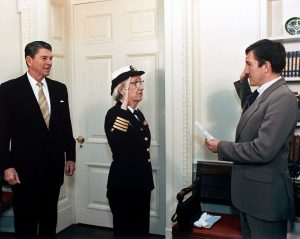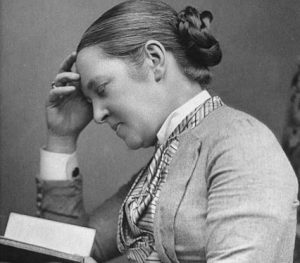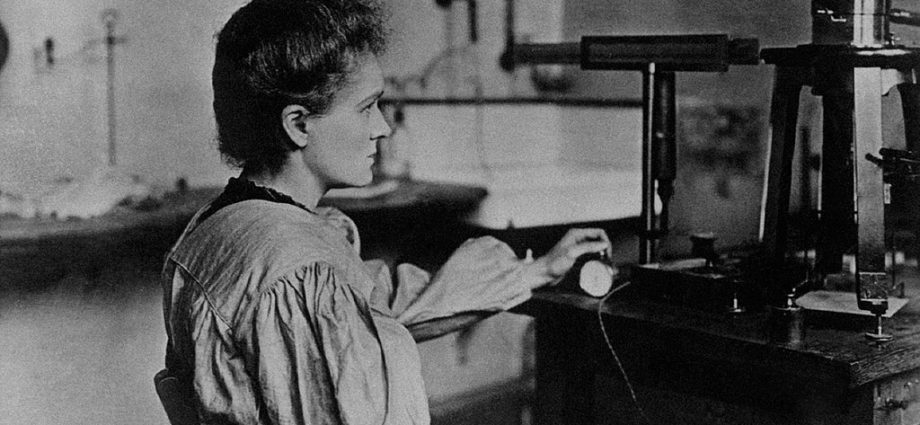The world often remembers Einstein and Hawking, not to mention Plank, Tesla or Newton, all scientists, all men. They are some of the greatest minds that the world ever got to see, experience and benefit from. They are all males. With that being said, what about the female scientists? There have been plenty of them through the ages and there are still plenty of them today, still working and discovering new things every single day. History remembers them, but if you want to know which of them have been outstanding and amazing, here is a list, in no particular order.
Grace Hopper – Programmer and Soldier

Grace Hopper, also known as Amazing Grace, was an outstanding soldier and programmer. She joined the US Navy and took part in World War II. She follower her grandfather’s footsteps by joining the war. She also left her college teaching position at the time.
She earned a PhD in math and is the first woman to do so. She then went to study computing and programming, with an attempt to make programming accessible to everyone by making it use a syntax similar to the English language. COBOL is the name of that language and it is still relevant, if not as a language, then as a milestone in science and a shift of trends.
Marie Curie – Physicist and Chemist
Of French and Polish origins, Marie Curie was a chemist and physicist who made very important discoveries. Her theory of radioactivity won her a nobel prize, only one of the two she won. She also discovered radium and polonium, two radioactive elements. No, she didn’t glow, but yes, she did win two nobel prizes and was the first woman to win a nobel prize. She also led field hospitals in World War I.

Elizabeth Garrett Anderson – Doctor
To be the first woman doctor in England comes with a lot of responsibility, not just a doctor, but also an ambassador.
Being the first of any kind is always a bit terrifying. For Elizabeth, it was her job and duty. She taught herself French, so that she could study at the University of Paris, because England didn’t accept female students.
Even after earning her degree, she couldn’t work in an English hospital. The solution was to start her own hospital, the New Hospital for Women. She was appointed dean of that hospital turned university and her efforts lead to the legalization of female students in 1876 in England.
Barbara McClintok – Geneticist
Genetics, a very interesting field of study. For Barbara McClintok, studying human genes meant studying maize genes. How do they relate? Well, maize or corn, if you will, has a very interesting ability to grow each of its kernels with a different color and genetic pattern, too. She discovered jumping genes and even though her research was not immediately recognized, she still won a Nobel Prize in Physiology and Medicine. Her research lead to the discovery that at least 40% of human genes are jumping genes. She also suggested that epigenetics (genes changing their activity in extreme circumstances) might be a thing, long before people realized that it was real.
Dorothy Hodgin – Chemist
She helped determine the atomic structures of vitamin B12, you know, the ones you drink every day, give or take, as well as penicillin. She also helped advance the field of x-ray crystallography. She also mapped the structure of insulin and thus helped the treatment of diabetics. She also won the Nobel Prize in Chemistry.
These are but some of the great women of science. There are plenty more of them, past and present.

